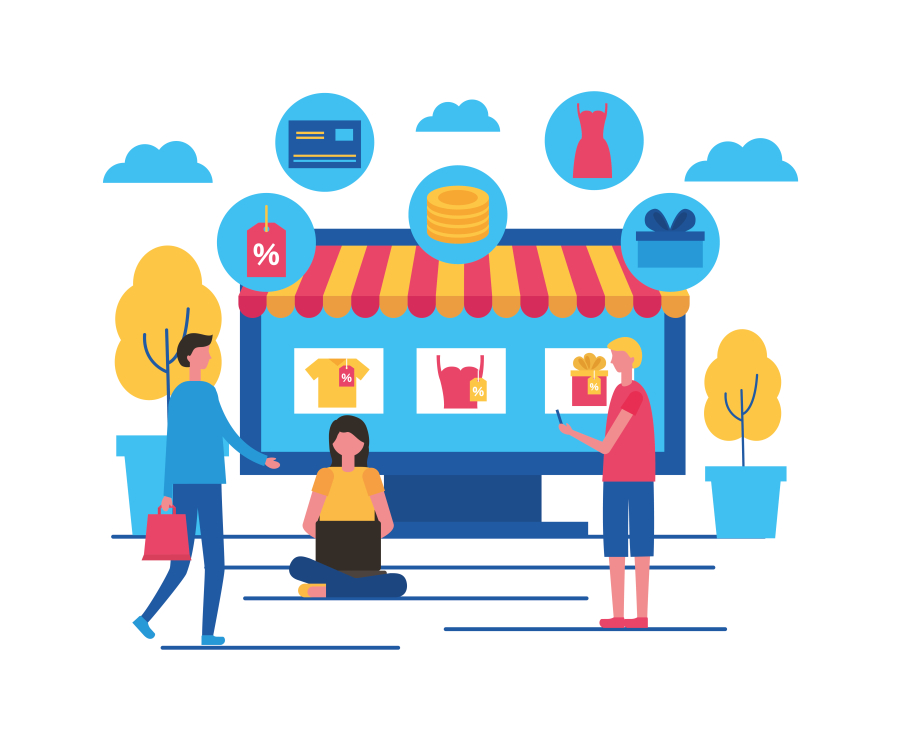How to Build a Client Pipeline for Creative Work
In the world of creative freelancing, your income doesn’t just depend on your talent—it depends on your ability to attract, manage, and retain clients consistently. One-off gigs may fill short-term gaps, but if you want to build a sustainable freelance career, you need a steady stream of work. That’s where a client pipeline comes in.
A client pipeline is a system that helps you attract leads, nurture relationships, convert them into paying clients, and encourage repeat business. At FreelancerBridge, we help creative professionals—photographers, designers, writers, and marketers—develop strategies that don’t just deliver income, but build long-term client partnerships.
In this guide, we’ll walk through how to build, manage, and optimize a client pipeline tailored to freelance creative work.
Long Description: How to Build a Client Pipeline for Creative Work
What is a Client Pipeline?
A client pipeline is the structured path that potential clients follow—from discovering your services to booking a project. It’s similar to a sales funnel, but more focused on relationship-building and repeat business.
Key stages in a creative client pipeline:
Awareness
Interest
Evaluation
Booking
Project Delivery
Follow-Up & Referral
1. Define Your Ideal Client
Before you build a pipeline, you need to define who you want to attract. As a creative, not all projects are equal—some clients align better with your niche, style, and pricing.
Questions to clarify your ideal client:
What industry are they in? (e.g., fashion, tech, wellness)
What type of creative work do they need? (branding, photography, writing)
What budget range do they typically have?
Where do they hang out online?
SEO Tip: Use long-tail keywords like freelance photographer for ecommerce, logo designer for small businesses, or content writer for health blogs in your service pages.
2. Build a Strong Online Presence
Clients can’t hire you if they can’t find you. Build a multi-channel presence that showcases your work and builds trust.
Action Steps:
Launch a portfolio website with your niche focus and testimonials
Optimize for search engines (SEO)—use location-based and service-specific keywords
Use social media platforms (Instagram, LinkedIn, Pinterest, Behance) to share your projects
Maintain a blog to showcase case studies, industry tips, or process insights
SEO Tip: Create blog posts like how I helped a fashion brand with social content or behind the scenes of a personal brand shoot to attract organic traffic.
3. Create Lead Magnets and Capture Emails
Most people who visit your site or profile won’t be ready to hire immediately. Use lead magnets to collect their contact information and nurture them over time.
Effective lead magnet ideas:
Free eBook or checklist (e.g., Branding Starter Kit for New Businesses)
Downloadable pricing guide
Portfolio sample PDF
Project planning worksheet
Free consultation offer
SEO Tip: Add CTAs to blog posts and social content like download this free brand questionnaire or get my top 10 client questions PDF.
4. Nurture Leads with Email Marketing or Direct Outreach
Once you’ve collected leads, don’t let them go cold. Stay in touch with useful, relevant content until they’re ready to hire you.
Ways to nurture your pipeline:
Create an email newsletter (weekly or biweekly) with tips, past work, or industry insights
Set up automated email sequences for new subscribers
Follow up with potential clients after discovery calls or inquiries
Share relevant blog links or portfolio updates via DM/email
SEO Tip: Use blog content to support email marketing with keywords like creative project planning, how to prepare for a brand photoshoot, or what to expect from a freelance designer.
5. Build Relationships through Networking and Communities
Not all leads come from marketing—many come from relationships. Get active in the spaces where your ideal clients hang out.
Where to network as a creative freelancer:
LinkedIn: Join industry groups and comment on relevant posts
Instagram: Engage with brands and local businesses
Facebook Groups: Find niche-specific or freelancer networking communities
Offline Events: Attend creative meetups, workshops, expos, and coworking spaces
Freelance Platforms: Use platforms like Upwork, Fiverr, or Contra to get initial leads, then move to direct bookings
SEO Tip: Optimize your LinkedIn headline and summary with keywords like freelance photographer for product brands or minimalist logo designer for startups.
6. Streamline Your Booking Process
When someone is ready to work with you, make the process easy and professional.
Essential tools to streamline client onboarding:
Online proposal and contract tools (like Bonsai or HoneyBook)
Booking forms on your website
Automated scheduling tools (like Calendly or Acuity)
Payment integration (Stripe, PayPal, Razorpay)
SEO Tip: Create a “Work With Me” or “Start a Project” landing page targeting keywords like book a freelance illustrator, hire brand strategist in [city], or freelance design inquiry form.
7. Deliver Results That Convert Clients Into Promoters
Your current clients are the best source of future clients. Exceed expectations to encourage referrals, repeat work, and testimonials.
Action Steps:
Set clear timelines and stick to them
Offer small surprise value (extra revision, bonus mockup, behind-the-scenes photos)
Request a testimonial or Google review after delivery
Ask for referrals or introduce a client referral program
SEO Tip: Publish testimonial snippets on key pages and use terms like client success stories, branding project case study, or freelance creative testimonials.
8. Build a CRM or Tracking System
As your pipeline grows, it’s easy to lose track of leads. Use a simple CRM system or spreadsheet to manage client data and interactions.
What to track:
Name and contact info
Industry and project type
Source of the lead (Instagram, referral, Google)
Stage in the pipeline (lead, discovery, proposal, booked, completed)
Follow-up reminders
Tools to use:
Airtable, Notion, Trello, Bonsai, or even Google Sheets
SEO Tip: Create downloadable templates like freelance client tracker or CRM spreadsheet for creatives to attract newsletter signups.
9. Keep Your Pipeline Full with Consistent Outreach
A pipeline doesn’t fill itself—you must market continuously, even when you’re busy.
Consistent outreach strategies:
Set a weekly goal for pitches, DMs, or networking conversations
Pitch brands or agencies that align with your style
Reconnect with old clients or leads with updates
Promote your work through blog posts, reels, or carousel posts
Collaborate with other creatives on joint projects
SEO Tip: Create portfolio updates or behind-the-scenes blogs titled recent projects I loved working on, branding series for food startups, etc., to stay fresh in search.
10. Analyze and Improve Your Pipeline
Every few months, review your pipeline performance:
Which sources bring the best leads?
What content is driving conversions?
Are there drop-offs at certain stages (inquiries not converting, delays in bookings)?
Are you getting quality clients or just one-time work?
Use insights to improve your targeting, content, pricing, or services.
SEO Tip: Publish insights like what I learned from 20 client projects or creative freelancer marketing trends to build authority and drive traffic.
Conclusion:
Building a client pipeline isn’t about getting random gigs—it’s about creating a sustainable, repeatable system that attracts high-quality clients and allows you to grow as a creative professional. Whether you're a freelance designer, writer, photographer, or strategist, a pipeline gives you the freedom to plan your income, avoid feast-or-famine cycles, and build a reputation that brings more work.
At FreelancerBridge, our mission is to help freelancers turn their passion into a thriving career. Start building your client pipeline today—and you’ll thank yourself tomorrow.


 by Emily
by Emily




